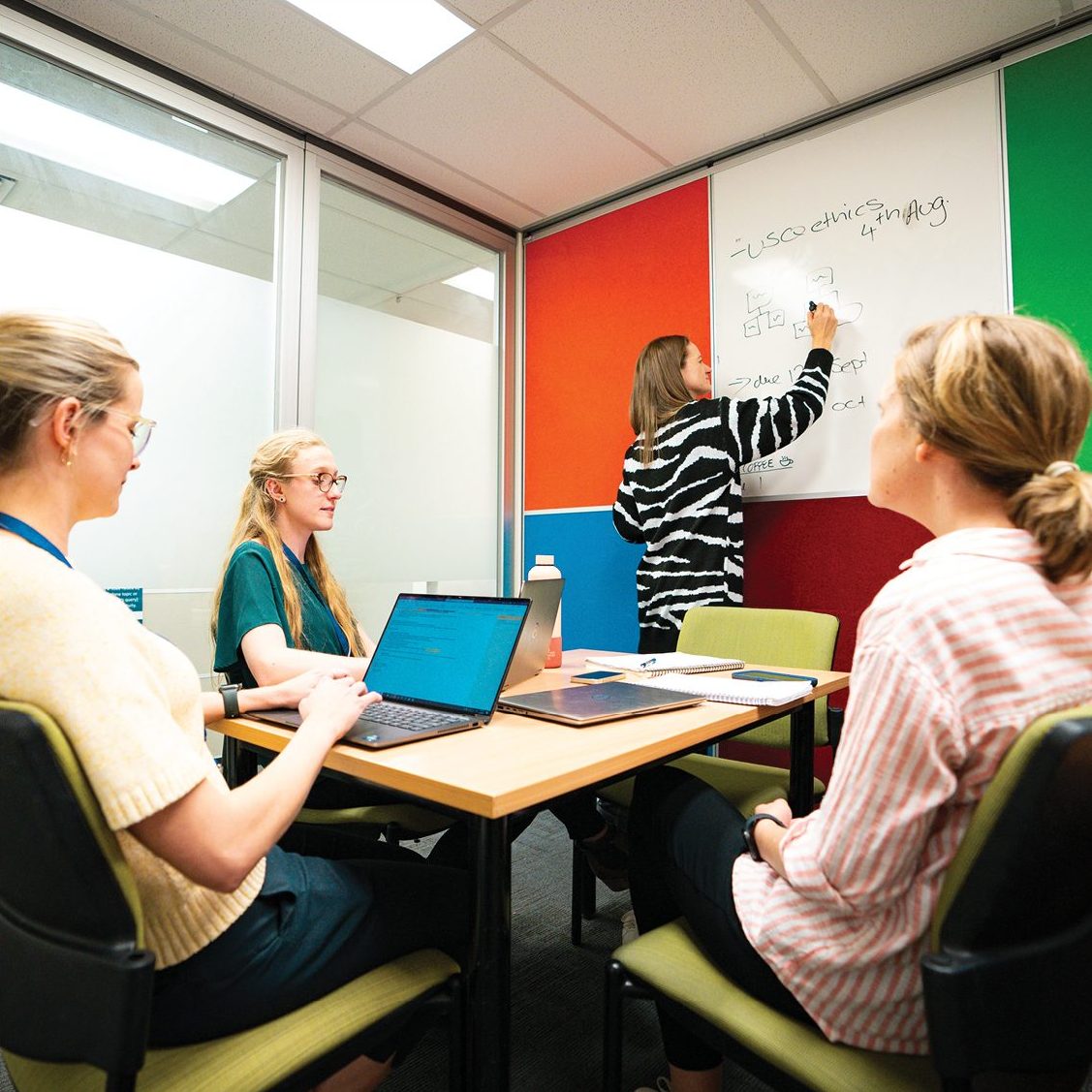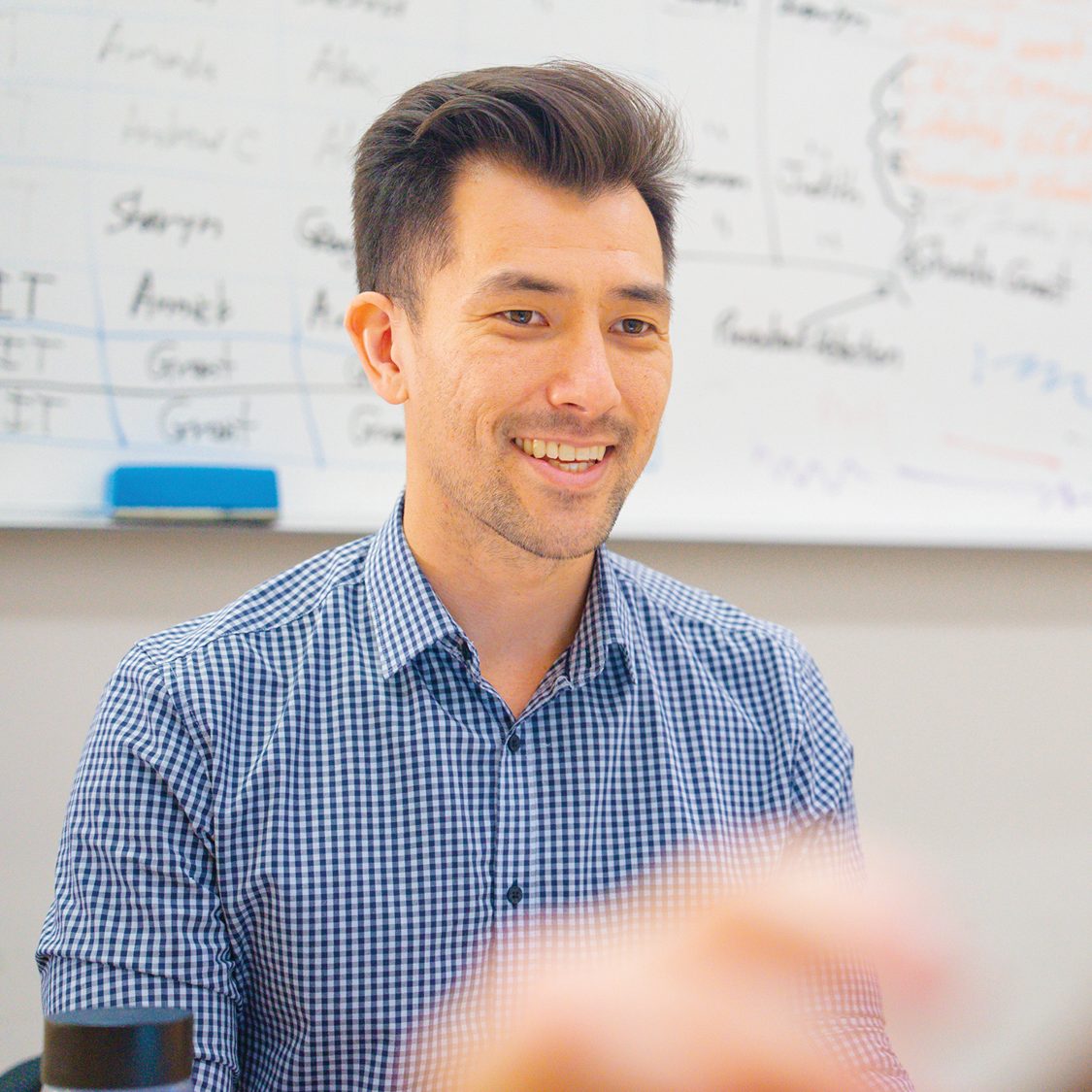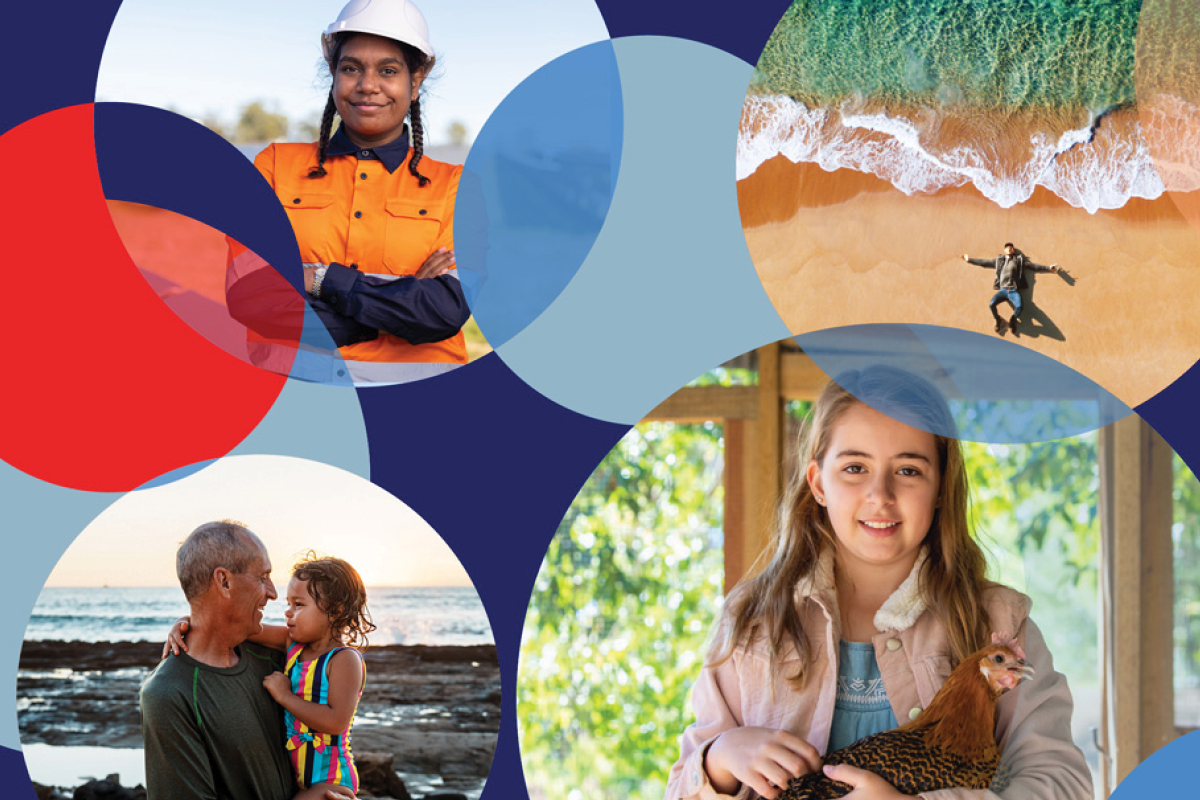Resources for Researchers
and Clinicians

Cancer atlas for
Researchers and Clinicians
The Australian Cancer Atlas 2.0 provides cancer researchers and clinicians with a national perspective of how the burden of cancer varies by geographical area. It does this by:
- Developing and applying spatial and spatio-temporal models within the Bayesian framework to generate the statistics
- Developing novel visualisation methods to convey both the modelled estimates and their uncertainty
- Disseminating these maps and other visualisations through a freely accessible, interactive online system
WHAT DOES THE LATEST VERSION OF THE
Australian Cancer Atlas offer researchers and clinicians?
The Australian Cancer Atlas 2.0 shows unrivalled visualisations of how the impact of cancer varies by geographical area across Australia. As well as diagnosis and survival rates available in the previous version, the Australian Cancer Atlas 2.0 now provides a nation-wide view of:
- Cancer risk factors
- Screening participation
- Clinical characteristics
- Some treatment utilisation
It also models changes in geographical patterns over time, a crucial function for any researcher and clinicians wishing to understand how the variation has changed over time.

How has the Australian Cancer Atlas been used by researchers and clinicians?
The Australian Cancer Atlas has been used by researchers to develop a greater understanding of cancer’s geographical patterns. From raising important questions about the relationship between geographical patterns in melanoma and possible contributions of early diagnosis and management, to providing maps of liver cancer diagnosis and survival that facilitate planning effective viral hepatitis responses, to providing the template for similar cancer atlases in other countries, the Australian Cancer Atlas continues to significantly impact cancer research.
How to use the Australian Cancer Atlas 2.0
If you’d like help navigating the Australian Cancer Atlas 2.0, head to our How to Use page for detailed instructions for gathering insights and understanding what they mean.
Share your story
Have you used the Australian Cancer Atlas to further your work or in your community? We’d love to hear from you. Please reach out to: atlas@cancerqld.org.au or, fill out our contact form:

Phone
Address
Mailing Address
If you’ve got questions, comments or feedback about the Australian Cancer Atlas 2.0 we’d love to hear from you.
By clicking Send, you are agreeing to CCQ’s General Collection Statement.






